Storage containers can be used to store a wide variety of items. A ventilation system may be necessary, among many other modifications depending on the items stored. There are various ventilation systems, such as Louvered ventilation, turbine vents, heating / AC units, and so on. If you want to learn more about these shipping container vents, keep reading our post.
What Is a Shipping Container Vent?
Shipping container vents create a temperature-safe environment for the items in your storage containers. Every container comes with shipping container vents that help circulate air in the box during travel. Depending on the items stored inside, you might need a shipping container vent other than the one that your container already has.

Different Types of Shipping Container Vents
· Louvered Ventilation
Louvered vents are about 12 inches by 12 inches and they are ventilation systems that allow air to pass but keep out things such as dirt or water. They don’t have a built-in fan system but depend on regular airflow.
· Turbine Vent
Turbine vents are often paired with a louver to create better ventilation inside the shipping container. Turbine vents are installed on top of the shipping containers. They suck the air out of the shipping container as they spin. In comparison, a louver vent takes in the fresh air.
· Heat / AC Units
If you need to keep your stored goods at a set temperature, installing an A/C unit is the best option. PTACs and wall-mounted units can provide climate control by cooling or heating the space. These units will allow you to change the temperature levels to have a much more accurate control. Using a heavy-duty HVAC system can be more suitable for storing and protecting goods that require certain temperatures. With these A/C units, you can be confident that your goods will stay at an ideal temperature no matter the weather changes outside.
· Pre-Installed Ventilation
Pre-installed ventilations are usually found on the side and top of the shipping container wall. Their primary duty is to reduce the risk of condensation build-up. This basic ventilation system is available on every shipping container. If your goods require much more precise temperature control, these pre-installed vents will not be enough.
· Active Shipping Container Vents
Active shipping container vents are much more effective than those the manufacturers include in the original shipping container design. So if you need better airflow and temperature control, active shipping container vents are the option to pick.
You can also add active shipping container ventilation if your goods inside the container require fresh air.

Differences Between Passive Ventilation and Mechanical Ventilation
It all comes down to the type of your goods and the differences between passive and mechanical ventilation. If the goods you are storing are not temperature sensitive, passive vents such as the existing shipping container vents might be enough. They provide minimal airflow. However, if your stored goods require a much more controlled temperature, installing active/mechanical ventilation is a must. Remember that these vents will require an electrical connection.
How Many Vents Do You Need for a Shipping Container?
As we have mentioned earlier, the majority of ISO shipping containers have built-in vents. However, limited airflow is achieved due to their size. If you are using passive ventilation, it is generally a good idea to have ventilation on each container side walls. Another option is to A/ C unit, typically, one is enough.
Which Storage Container Uses Require Ventilation?
The answer is simple; all storage containers require some form of ventilation. Shipping containers are subject to extreme weather and harsh physical environments, so keeping the moisture out and setting a temperature is a good idea for your goods stored inside.
How to Improve Shipping Container Ventilation?
If you wish to improve the ventilation of your shipping container, installing a new vent is the way to go. Depending on the goods you are storing, you can go for passive or active vents. If you wish to create a better microclimate inside, you can also add some insulation.
How Much Does a Shipping Container Vent Cost?
The price of shipping containers varies depending on their type and some other variables, like how many vents you add, and the size of the vent.
As CMG, we offer the most efficient and quality shipping container vent. Reach us out and let us find out the ideal shipping container vent type for you. If you need any other information about shipping containers in general, you may also check the following blog posts of ours:
What is the Difference Between Used and New Shipping Containers?
6 Common Shipping Container Conversions
An Introduction to Cold Storage Refrigerated Shipping Containers












